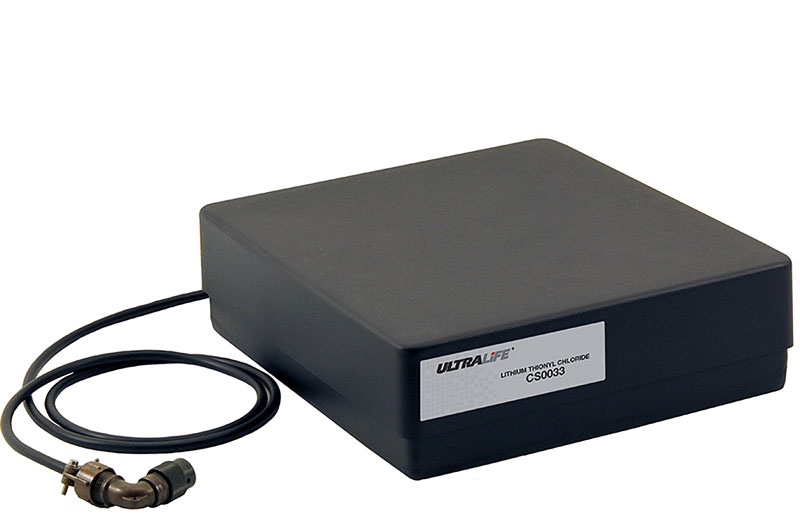Drivers of military battery design
Military personnel do not have the luxury of having field service representatives on every deployment. Having intuitive, compact and reliable devices can therefore be critical to the success of a military operation. Jonathan DiGiacomandrea, Applications Engineering Manager for Ultralife Corporation, explains how technological advances are influencing the design of batteries in military devices.
The global demand for connected devices is growing, with trends such as the IoT and home automation setting certain expectations from users. This is driven by developments in communications protocols and sensor technology, which has made it easier to integrate network connectivity and remote-control systems into an increasingly wide variety of devices.
As such, these technologies are becoming increasingly common in a wide range of sectors, from military and defense to retail and security. For the military, interconnected and portable devices are most desirable for soldiers on covert operations, but there has been a growing trend of wearable technologies for wider military use.
It’s predicted that 350 million wearable devices will be in use worldwide by 2018, so it’s no surprise that these technologies would also be put to use in military applications. Wearable technologies will enable soldiers to be tracked with greater accuracy, making it easier in high alert operations to monitor the safety of soldiers and reduce the risk of errors.
Wearables can also be designed to go unnoticed and blend in with a soldier’s kit. Typically, a soldier can be carrying equipment weighing anywhere between 40kg and 80kg on deployment. Designing devices that are compact or can be integrated into a soldier’s armor is not only desirable, but will also improve the soldiers speed, providing it is also lightweight.
Original Equipment Manufacturers (OEMs) in the defence sector are also providing soldiers with tactical advantages by replacing radio handsets with hands-free communication devices. This is one example where the reliability and resiliency of a device is imperative. If a soldier needs to call for back-up, having a radio with no battery could be life threatening.
A lack of reliable battery power puts many soldiers in a compromising position when in the field. This is because there is often a 72-hour deployment window and batteries for these missions must be prepared and able to last extended periods of time without charging.
To meet the needs of batteries for IoT devices, Ultralife has developed the Lithium Thionyl Chloride M1 battery, which is designed to overcome power quality issues including those caused by extreme climates. Unlike most batteries, which do not perform well in freezing conditions, the M1 range can perform well in temperatures as low as -20ºC.

The biggest driver for many battery manufacturers is to create a battery that offers extensive runtime, to maximise the device’s reliability. With its high density chemistry, the battery is long lasting and can be used across various interconnected applications without causing interference.
The increased efficiency promised by IoT technologies, as well as the decreasing cost of suitable components, is the biggest driver for next-gen military devices and applications like wearable technologies. OEMs must carefully consider the power source of their next inter-connected device to ensure it is combat-ready, especially as failure to deliver reliable equipment could risk a soldier’s life.


